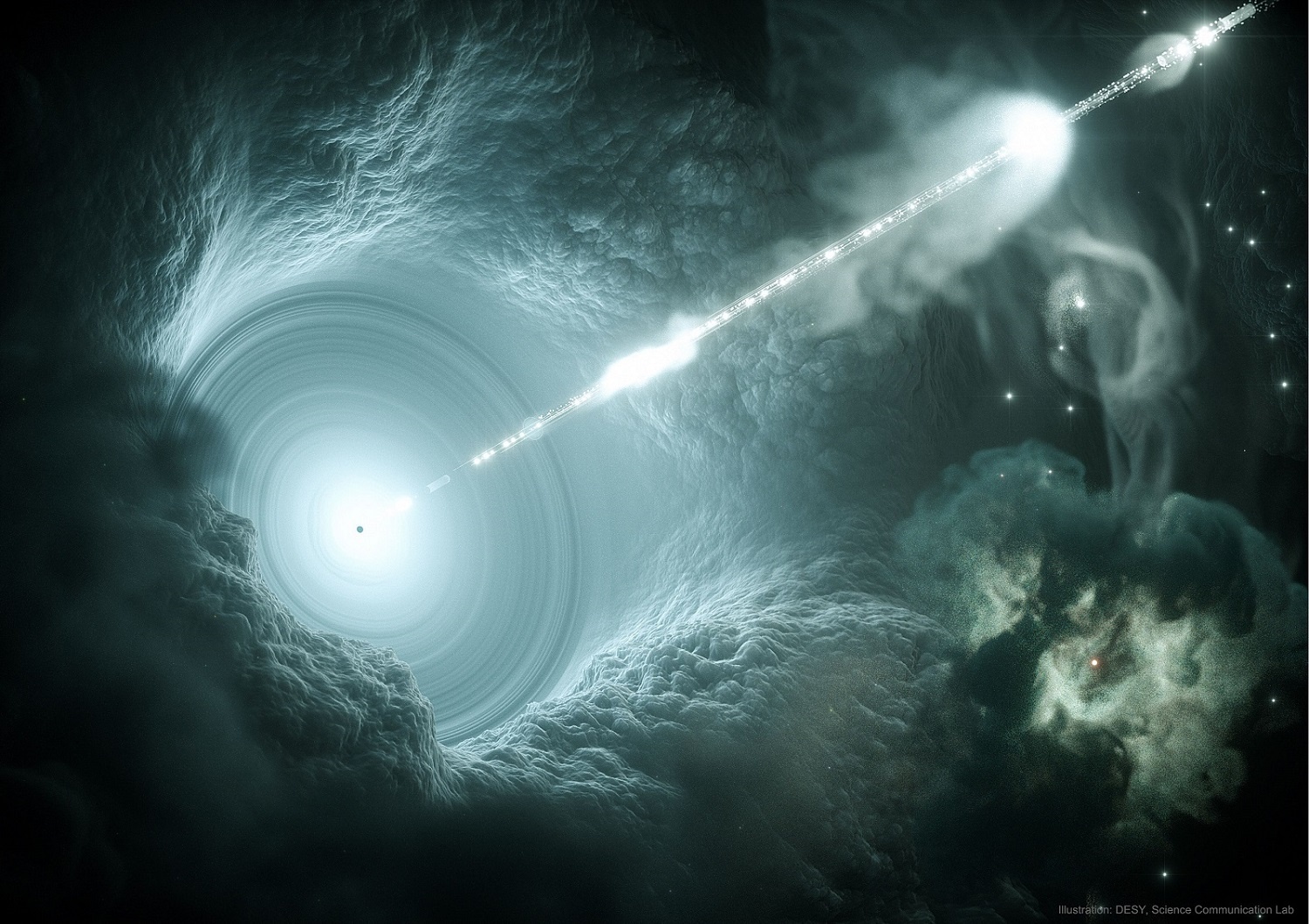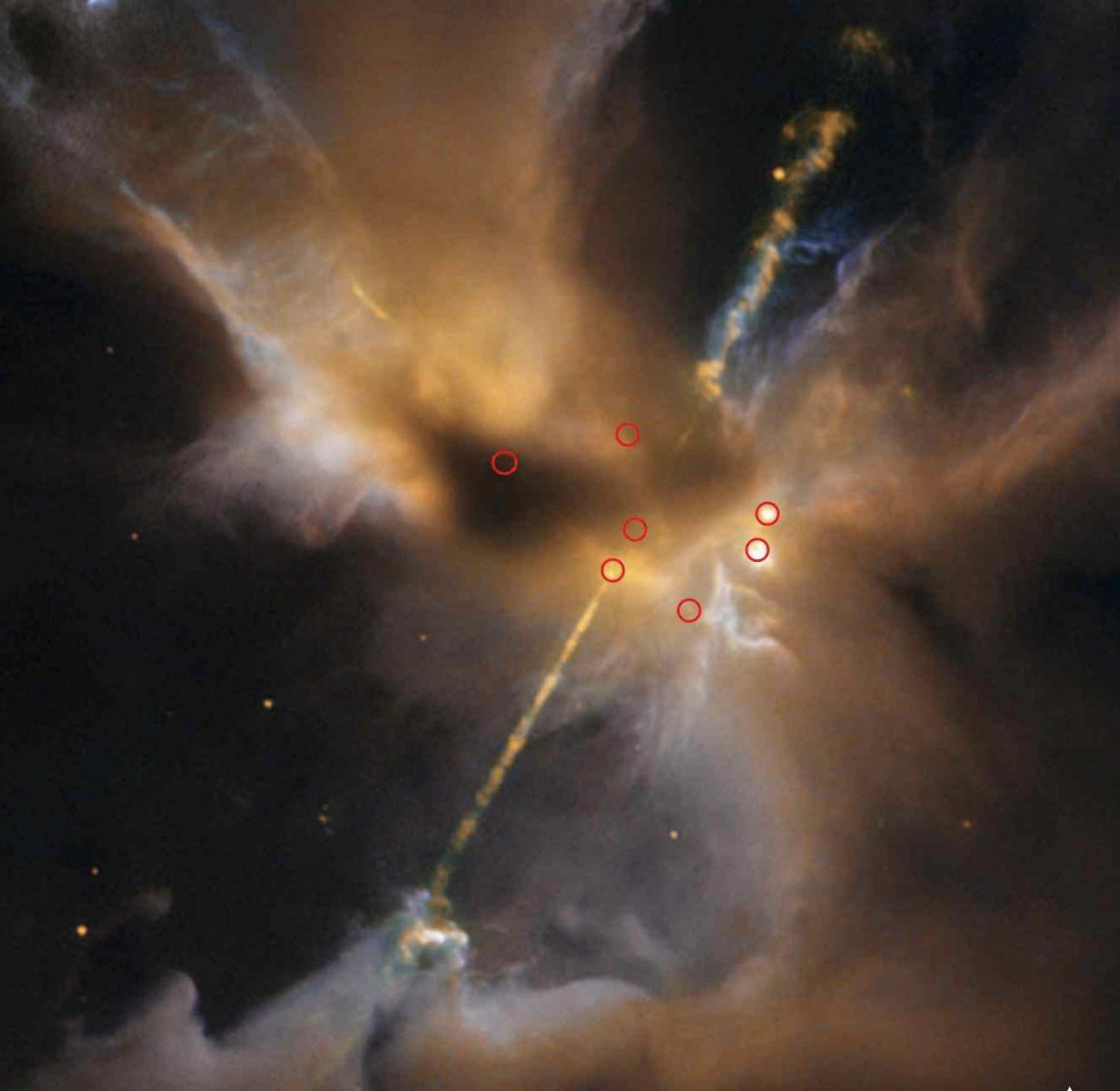Astronomers have begun using a sophisticated suite of simulations, an advanced machine learning model of the formation of galaxy clusters, and an exotic relationship between galaxies to understand the origins of dark matter and dark energy.
Continue reading “Using the Shadows of Clusters to Measure the Universe”How did Dimorphos Form?
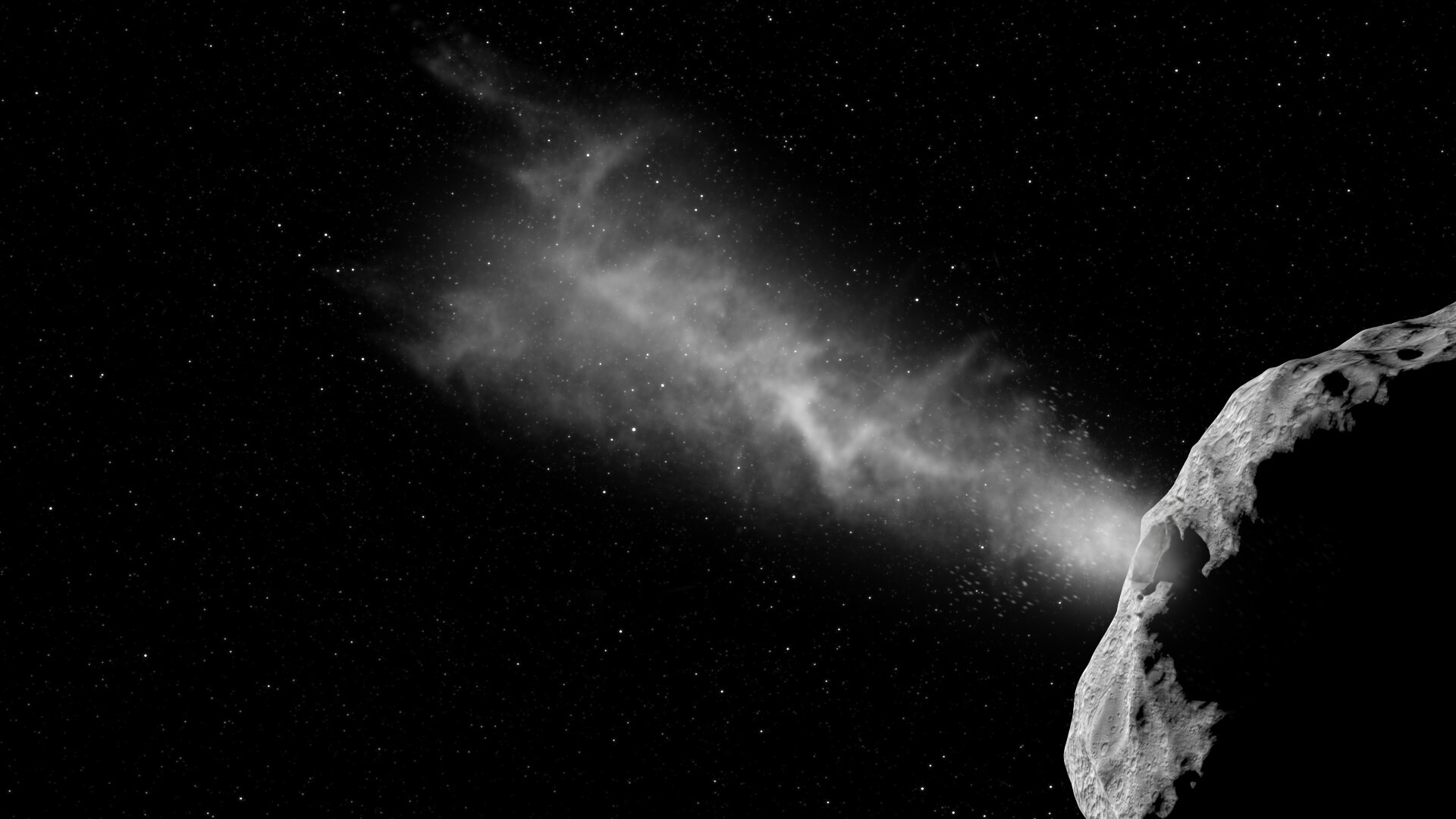
The otherwise unremarkable double asteroid of Didymos and Dimorphos made headlines as the target of NASA’s successful Double Asteroid Redirect Test (DART) mission. With new details about the system emerging, astronomers have put together a hypothesis of how this strange double asteroid came to be.
Continue reading “How did Dimorphos Form?”Why Does the Butterfly Nebula Look Like This?
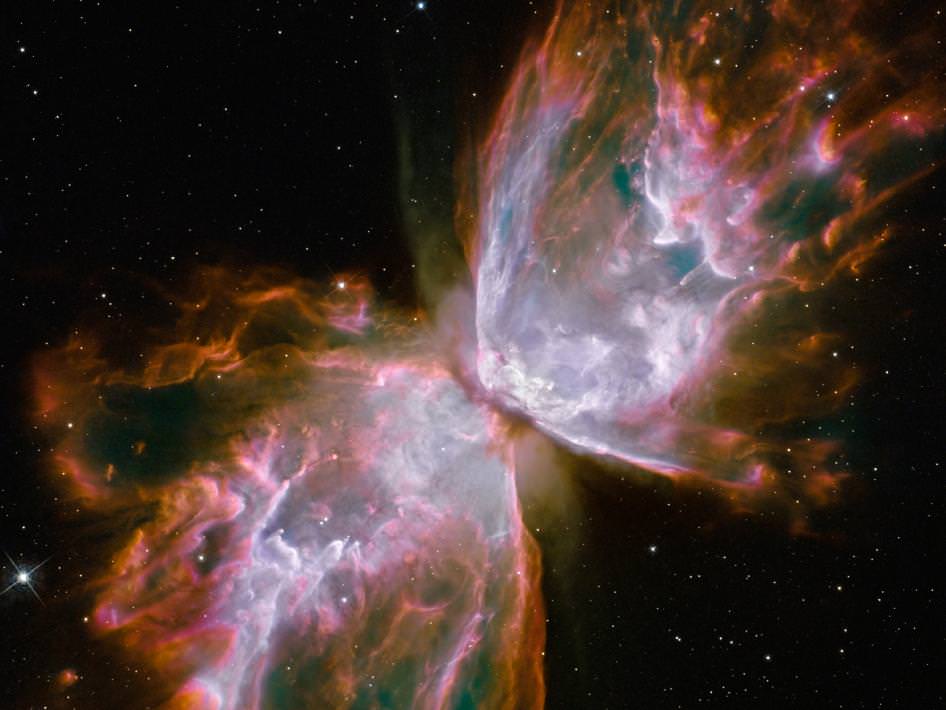
The Butterfly Nebula is changing, and astronomers are puzzled as to why these changes are occurring. Observations of this planetary nebula show dramatic changes in the butterfly’s ‘wings’ in just 11 years.
“I’ve been comparing Hubble images for years and I’ve never seen anything quite like it,” said Bruce Balick, a professor emeritus of astronomy at the University of Washington.
Continue reading “Why Does the Butterfly Nebula Look Like This?”Cosmic Noon was Billions of Years ago, When Many Galaxies Were Filled With Star-Forming Nebulae Like This
You’re looking at NGC 346, a star cluster 210 light years away that is energetically pumping out brand new stars from a dense cloud of gas and dust. Between 10 and 11 billion years ago, nearly all galaxies in the Universe underwent an era of intense star formation similar to what we see in NGC 346. This flurry of stellar birth is poetically nicknamed cosmic noon. Since then, star formation in the Universe has gradually dwindled, though it still blazes away in small pockets. By studying NGC 346 and other clusters like it, we can learn more about the era of cosmic noon and the evolution of galaxies.
To that end, researchers pointed the James Webb Space Telescope’s NIRCam infrared camera at NGC 346 last year, and they announced their preliminary findings at the American Astronomical Society’s annual meeting on January 11, 2023.
Continue reading “Cosmic Noon was Billions of Years ago, When Many Galaxies Were Filled With Star-Forming Nebulae Like This”Many of the World’s Greatest Observatories Suffer from Some Light Pollution
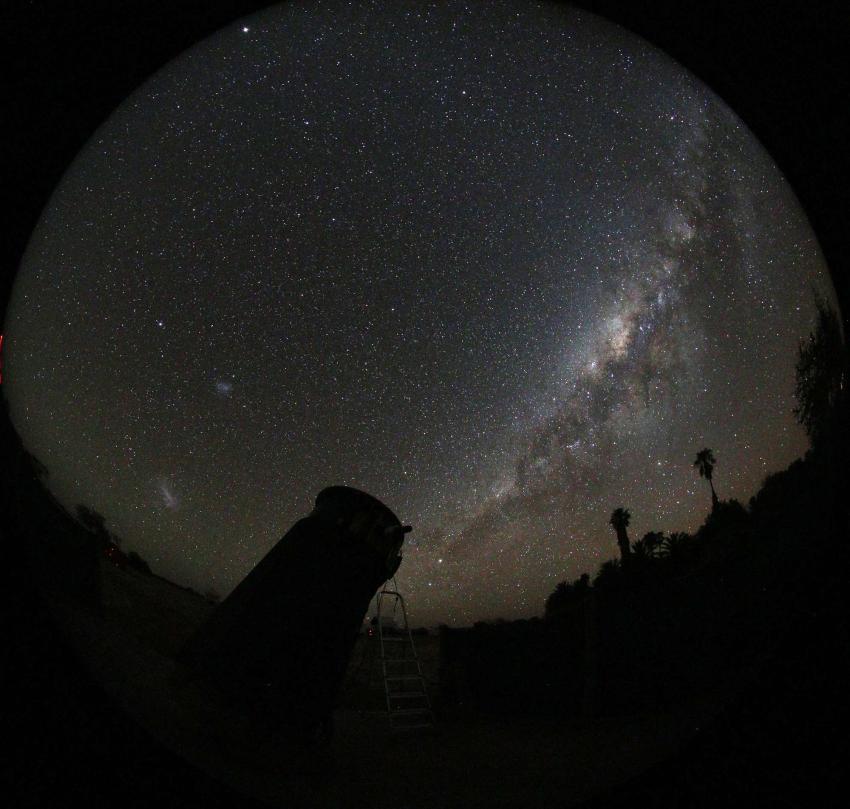
In a recent study published in the Monthly Notices of the Royal Astronomical Society, an international team of researchers examined the levels of light pollution at astronomical observatories from around the world to better understand how artificial light is impacting night sky observations in hopes of taking steps to reduce it. But how important is it to preserve the scientific productivity of astronomical observatories from the dangers of light pollution, as noted in the study’s opening statement?
Continue reading “Many of the World’s Greatest Observatories Suffer from Some Light Pollution”How Crazy Magnetic Fields Drive the Sun Mad
Solar coronal jets are fast moving plumes of plasma that erupt suddenly from the polar regions of the Sun. Astronomers believe that these help heat up the solar corona, but the physics behind the formation of these jets is poorly understood. Recently a team of astronomers have used observations with the Solar Dynamic Observatory and the Solar Orbiter to discover that multiple intertwining magnetic fields that connect and reconnect can power these fast moving jets.
Continue reading “How Crazy Magnetic Fields Drive the Sun Mad”Mars Rover’s Dead, Comet Incoming, JWST’s First Exoplanet
Keep your eyes on the sky for a comet, another Mars rover has died, the leaky Soyuz will be replaced, JWST dominates the American Astronomical Society meeting, and Starship is just around the corner.
Continue reading “Mars Rover’s Dead, Comet Incoming, JWST’s First Exoplanet”Astronomers Spot an Orphaned Protostar
Astronomers have performed an impressive suite of observations at multiple wavelengths of the same system, dubbed the HH 24 complex. This complex hosts stars in the process of being born and the impacts of their violent interactions with each other, including the ejection of one of their siblings.
Continue reading “Astronomers Spot an Orphaned Protostar”How Life Reshapes the Habitable Zone
Astronomers are very interested in the Habitable Zone of distant stars, which is the orbital radius where liquid water, and therefore potentially life, can exist on a planet in that region. But life itself changes the characteristics of a planet. New research suggestions that life is even capable of redefining what the Habitable Zone can mean.
Continue reading “How Life Reshapes the Habitable Zone”Astronomers Used a Fast Radio Burst to Probe the Structure of the Milky Way
In the past decade and a half, hundreds of Fast Radio Bursts (FRBs) have been detected by astronomers. These transient energetic bursts occur suddenly, typically last for just a few milliseconds, and are rarely seen again (except in the rare case of repeating bursts). While astronomers are still not entirely sure what causes this phenomenon, FRBs have become a tool for astronomers hoping to map out the cosmos. Based on the way radio emissions are dispersed as they travel through space, astronomers can measure the structure and distribution of matter in and around galaxies.
Using the Deep Synoptic Array (DSA) at the Owens Valley Radio Observatory (OVRO), a team of astronomers from Caltech and Cornell University used an intense FRB from a nearby galaxy to probe the halo of hot gas that surrounds the Milky Way. Their results show that our galaxy has significantly less visible (“baryonic” or “normal”) matter than previously expected. These findings support theories that matter is regularly ejected from our galaxy due to stellar winds, supernovae, and accreting supermassive black holes (SMBHs).
Continue reading “Astronomers Used a Fast Radio Burst to Probe the Structure of the Milky Way”
